Google launched the Pixel Fold instead of a Pixel Flip — here's why
But a Pixel Flip could still happen.
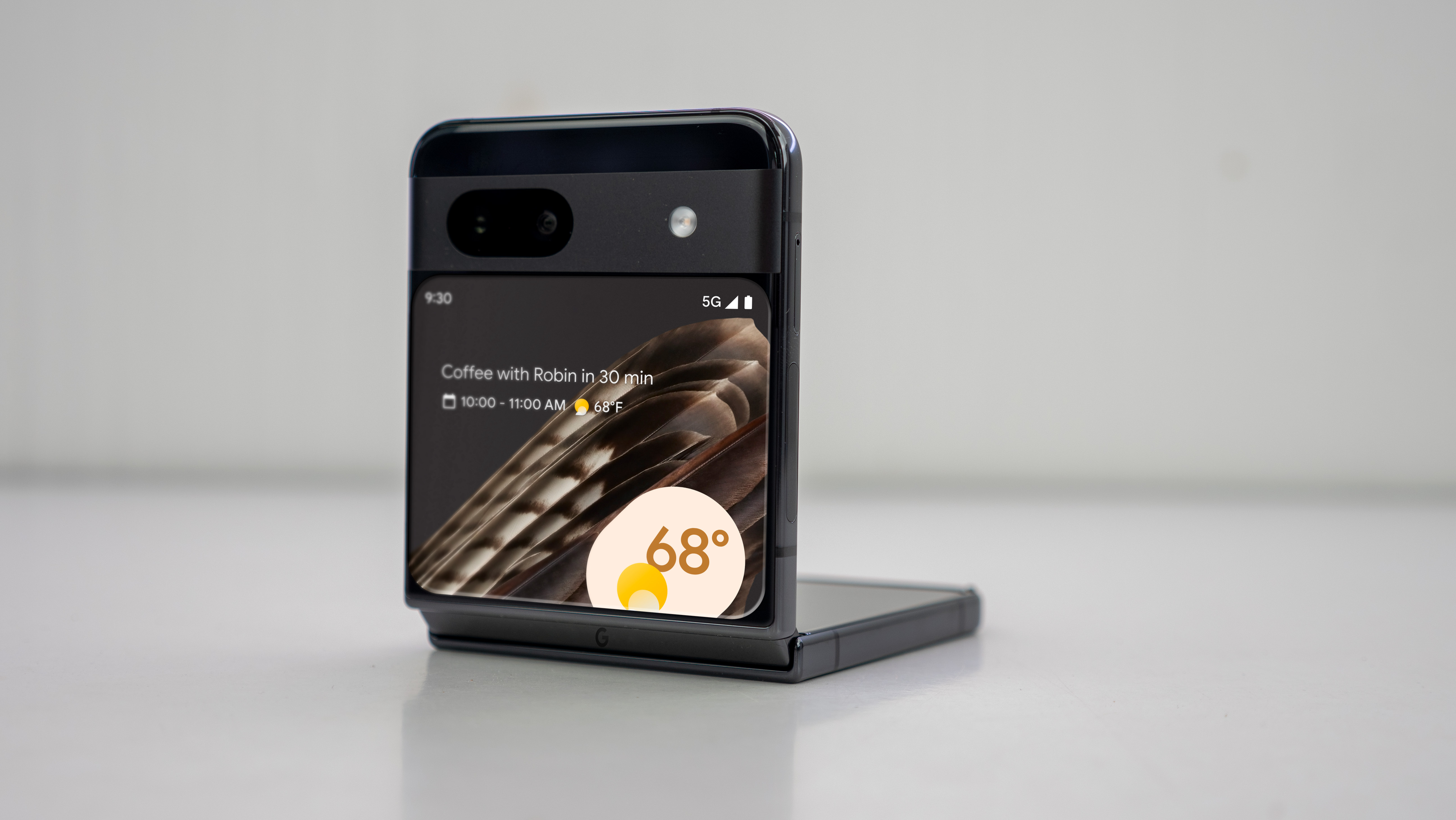
Google launched the Pixel Fold at its I/O conference on May 10, finally putting to rest the countless rumors and leaks leading up to the device's official reveal. It's a sleek foldable that promises to offer the best of Pixel on a larger screen. However, I can't help but wish Google had launched a Pixel Flip instead or even alongside the Fold.
This isn't the first time we've made a case for a Pixel Flip, but I feel like it's even more relevant now that the Pixel Fold, Google's first foldable, has officially launched. I'm a big fan of the clamshell foldable form factor. Not only that, but the foldable market continues to grow, and Google is seemingly delaying what could be a hit Pixel phone.
The missing link
Now that Google has its first foldable phone, the company can really take the fight to Samsung, particularly in the United States, where the Korean OEM is the only company with any real foldable presence. Now on its fourth iteration of the Galaxy Z Fold series, Samsung has dominated the foldable market both in the United States and globally.
However, it's not the Fold that makes up the brunt of Samsung's foldable sales; it's the smaller Z Flip series. The Galaxy Z Flip 4 is the current model, featuring a 6.7-inch folding OLED panel with a 120Hz refresh rate, an external 1.9-inch display for notifications and other quick interactions, and a 12MP dual camera setup.

According to a February report from Ross Young, CEO of Display Supply Chain Consultants, the Z Flip 4 remained the best-selling foldable phone as 2022 came to a close, amassing a 47% share, followed by the 28% share of the Galaxy Z Fold 4. The Huawei Pocket S, another clamshell foldable, came in third place with a 5% share.
Anshel Sag, a senior analyst at Moor Insights & Strategy, says it's easy to understand why clamshell foldables like the Flip are more popular.
"I think the Flip form factor is more mainstream because it still mostly operates the same as your normal smartphone but then can fold in half easily, and there's very little by ways of application development that needs to be done to make use of the inside screen," he tells me in an interview.
Get the latest news from Android Central, your trusted companion in the world of Android
"For the Flip, the cover screen is the biggest challenge, but I think users simply understand the utility of a Flip more than a Fold, even though both have strengths and weaknesses."
"...users simply understand the utility of a Flip more than a Fold..."
This is exactly why I prefer the clamshell form factor over the larger foldables. I haven't had much desire for a tablet, and the idea of a large tablet-sized phone display hasn't appealed to me. Don't get me wrong; the Pixel Fold is a beautiful piece of hardware, but I much prefer the idea of minimizing my phone's physical footprint when not in use and using the smaller display for quick interactions.
As for the downsides of this form factor, they usually use smaller batteries and are often limited to a dual camera setup, likely from a lack of internal space. Sag also thinks Google and other OEMs need to work on improving cover screen applications.
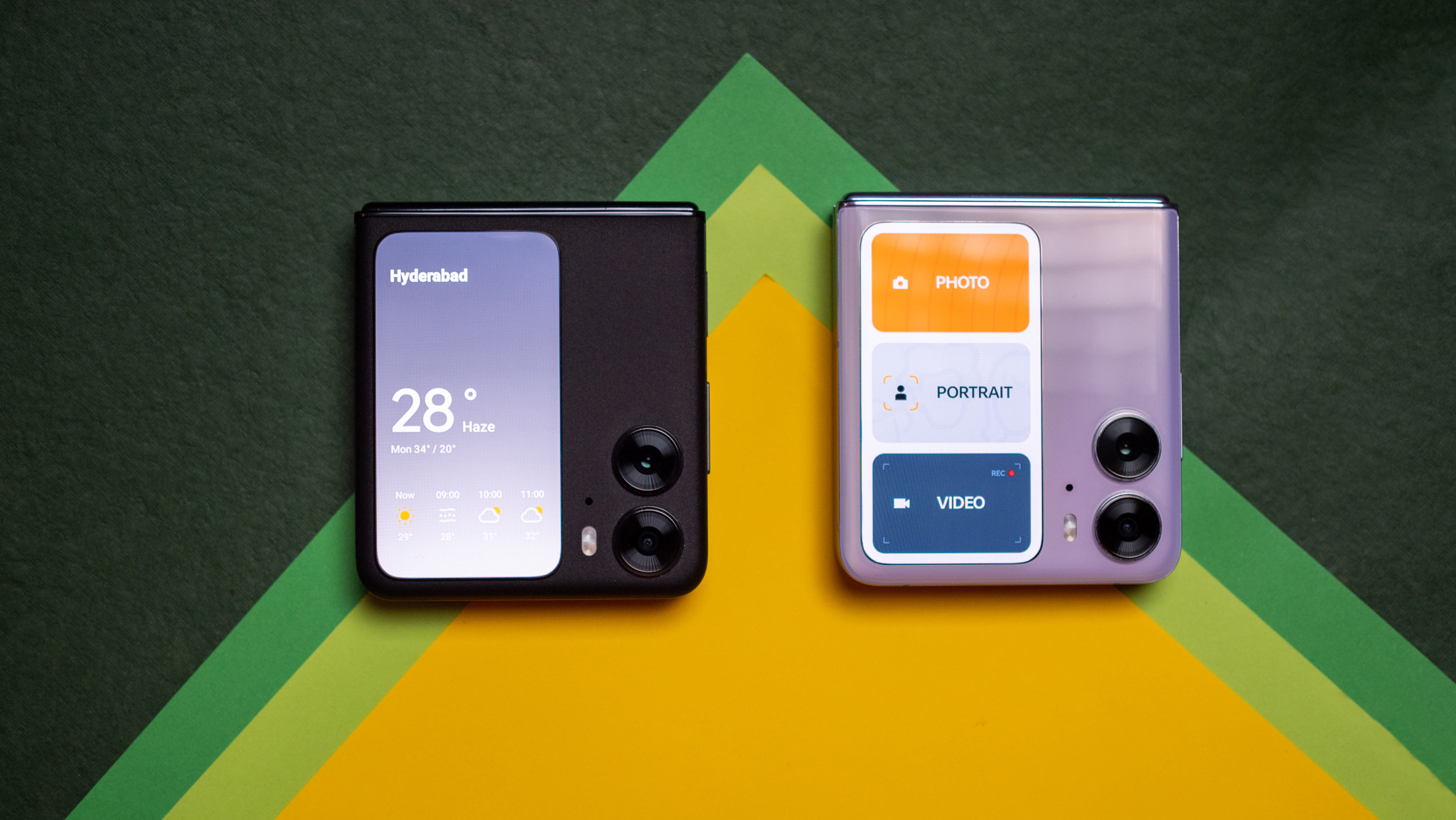
But despite their weaknesses, clamshell flip phones also have another benefit over their large-screen counterparts: they're cheaper. Right now, the Galaxy Z Flip 4 costs $1,000 — $800 less than the Galaxy Z Fold 4. While that's still pricey, it's also less than what you'll pay for a Galaxy S23 Ultra.
When you look at the new Pixel Fold, there's a pretty wide price gap between it and the Pixel 7 Pro. This gives Google the perfect opportunity to slide a Pixel Flip in there to give users the option for a cheaper foldable while still at a higher MSRP than its more conventional flagship. Here's what that might look like:
- Google Pixel 7a: $499
- Google Pixel 7: $599
- Google Pixel 7 Pro: $899
- Google Pixel Flip: $1000?
- Google Pixel Fold: $1799
Former Android Central writer Alex Dobie was a fan of the idea of a Pixel Flip, making the case that companies like Samsung and Huawei have proven that it's possible to build a compelling foldable at a relatively affordable price.
"Huawei's P50 Pocket also demonstrates some other cost-cutting measures Google could introduce to make a potential Pixel Flip as affordable as possible: A 90Hz display offers most of the benefits of a quicker 120Hz panel with a less extreme battery draw, while also being cheaper," he writes. "A less power-hungry panel would also allow a Pixel Flip to run for longer on a relatively smaller battery — the P50 Pocket can easily last a full day on its 4,000mAh cell."
The Pixel Fold lets Google show off
While I think a Pixel Flip would have been a great jumping-off point for Google's foray into foldable phones, Sag thinks otherwise, saying that the Pixel Fold makes sense right now.
"The Fold will more readily demonstrate the benefits of a foldable than a Flip would," he tells me. "I think this is especially true if Google intends to show off productivity. A Flip would be cheaper and likely more broadly appealing to the masses, but I think the applications are less compelling. I also think a Fold and the interface work there could also easily wind into its tablet aspirations."
A Pixel Flip would likely be able to handle split screen and other unique foldable functions, but the Fold definitely stands out more, thanks to its ability to transform into a tablet-like device.
During the Google I/O 2023 keynote, Google's VP of Engineering, Dave Burke, showed a live demo of the Pixel Fold in use. Burke demonstrated how Android 13 and the Pixel Launcher are optimized to handle the large-screen form factor, showing how a video on the smaller external display automatically plays on the larger 7.6-inch screen when unfolding the phone. He also showed off the new taskbar, split screen, multitasking, and split keyboard working flawlessly on the Pixel Fold.
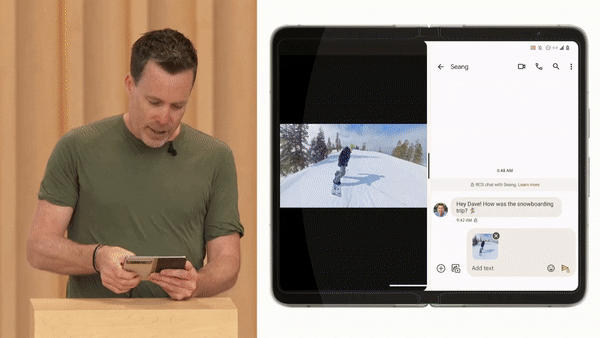
But in addition to showing off what a larger folding phone can do, another reason companies are launching these phones is come down to a simple thing: cost.
While clamshell foldables are more accessible, Jitesh Ubrani, IDC's research manager of Worldwide Device Trackers, believes that OEMs prefer to focus on larger-screen foldables. "Smartphone vendors want to move up in terms of pricing and are struggling to justify higher ASPs (average selling price) with each launch," he told me in an interview back in 2021. "A device like the Z Fold makes it easier for the vendors to do just that. These larger foldables are more capable of replacing a phone and a tablet."
A Google spokesperson seemed to suggest as much when we asked why the company is not launching a Pixel Flip, explaining that foldable development isn't cheap.
"The technology to develop foldables comes with a notable cost - and we have not hit our long-term price targets yet," the spokesperson told Android Central. "That said, our users will get a compelling experience with Pixel Fold that allows them to do many things that simply are not possible on a standard smartphone (like easier multitasking and entertainment on the interior screen)."
Sag echoes that a higher price point is the focus, which is why we often see larger foldables first from Android OEMs.
"I think that there's a reason why almost everyone launched their Fold before their Flip. Samsung, Huawei, Oppo, Xiaomi, you name it. Also, the Fold allows for a higher entry price since it's more of a productivity device and is useful for work, and perhaps could be Google's attempt to get deeper into the enterprise space."
Foldable phones aren't cheap to make, so it comes down to whatever will make Google more money.
As Samsung's only major foldable competition in the United States, this makes sense. Samsung previously touted how the Z Fold series has helped increase the demand for foldables in the enterprise space, particularly due to its multitasking capabilities. Now that Google has a direct competitor, the company that develops the Android platform is now better positioned to grab more of the enterprise market, something that wouldn't be as easy with a smaller clamshell foldable.
Google still has time to make compelling Pixel Flip
That's not to say Google isn't looking into a Pixel Flip. When I asked Sag if this is something the company is considering, he says Google has to be looking into a clamshell. And while the company did not confirm as much, a recent leak revealed an alleged roadmap for future Pixel launches, and among them was a clamshell foldable set for 2025. Unfortunately, that's quite a ways away, and despite the benefits of launching the Pixel Fold first, Google is still missing out on an entire demographic by not also launching a Pixel Flip.
“Hey Google - what do you think about a pixel flip” 🤔 #TeamPixel pic.twitter.com/43AHGBeemTMay 12, 2023
Android Central managing editor Shruti Shekar previously argued that the Galaxy Z Flip was Samsung's best chance at "stealing Apple's youngest customers," enticing a younger TikTok-first generation who may not be tied to Apple's smartphone ecosystem.
This is due in part to features like FlexCam that make it easy to shoot vertical videos without needing a tripod, a compelling feature for content creators. But beyond that, clamshell phones are more design-centric while also banking on nostalgia, which makes them stand out even more among today's conventional phones.
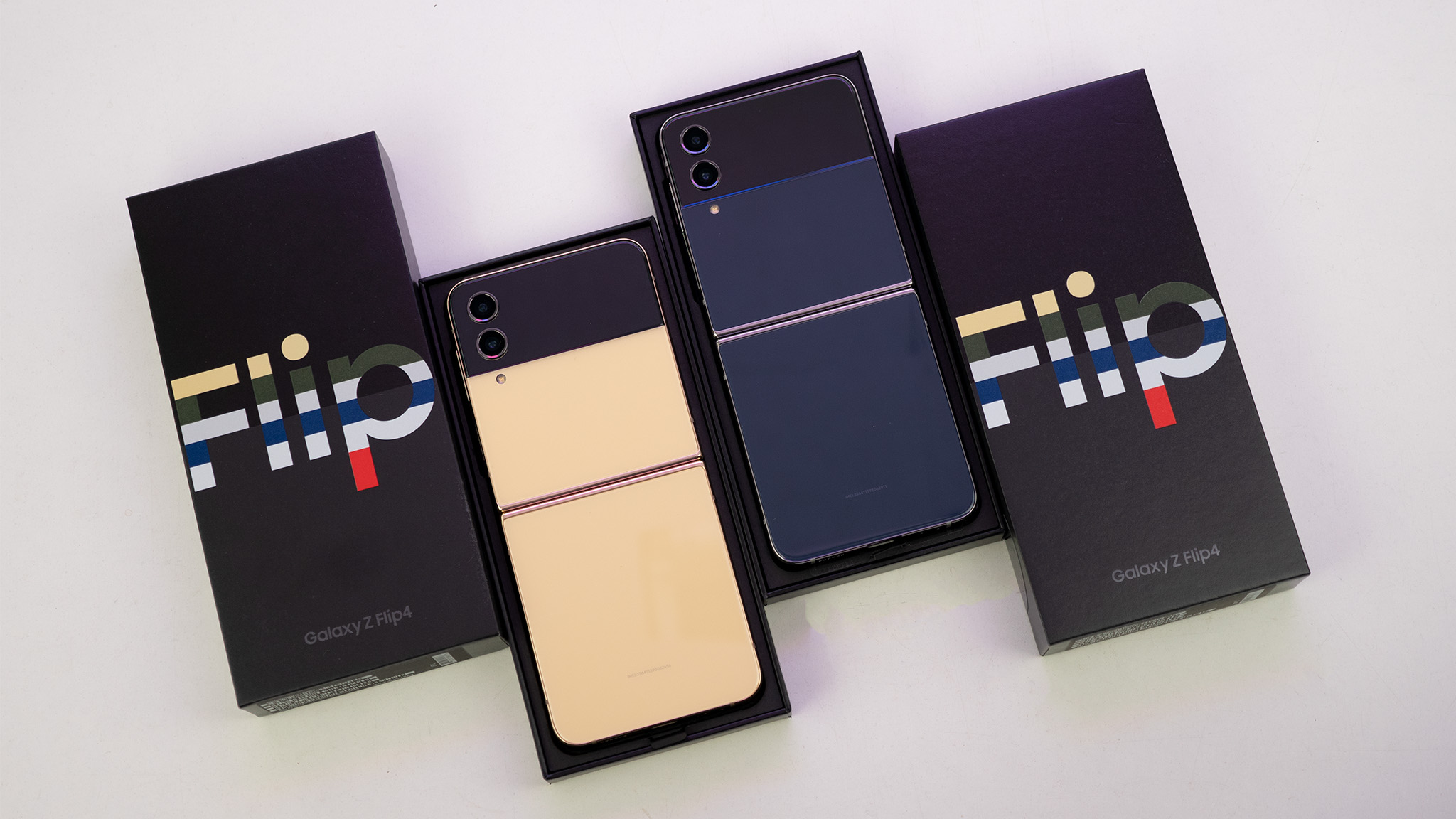
Based on Google's recent smartphones like the Pixel 7a, I have no doubt the company can make an appealing Pixel Flip. But of course, looks aren't everything, and the company would also have to make a compelling case with the software, as Sag points out.
"Google would need to be more thoughtful about operating system design and making the most of the cover screen, also looking for ways to integrate more AI capabilities with the unique form factor, like using the Flip's own design to enable tabletop Astrophotography mode without a tripod."
But from what we've seen with the Pixel Fold, Google seems well-positioned to produce a compelling clamshell foldable phone, more so than companies like OPPO and Vivo, who have made some visually striking phones. There's nothing holding Google back from making a Pixel Flip that takes advantage of Google's unique software experience, as Dobie points out.
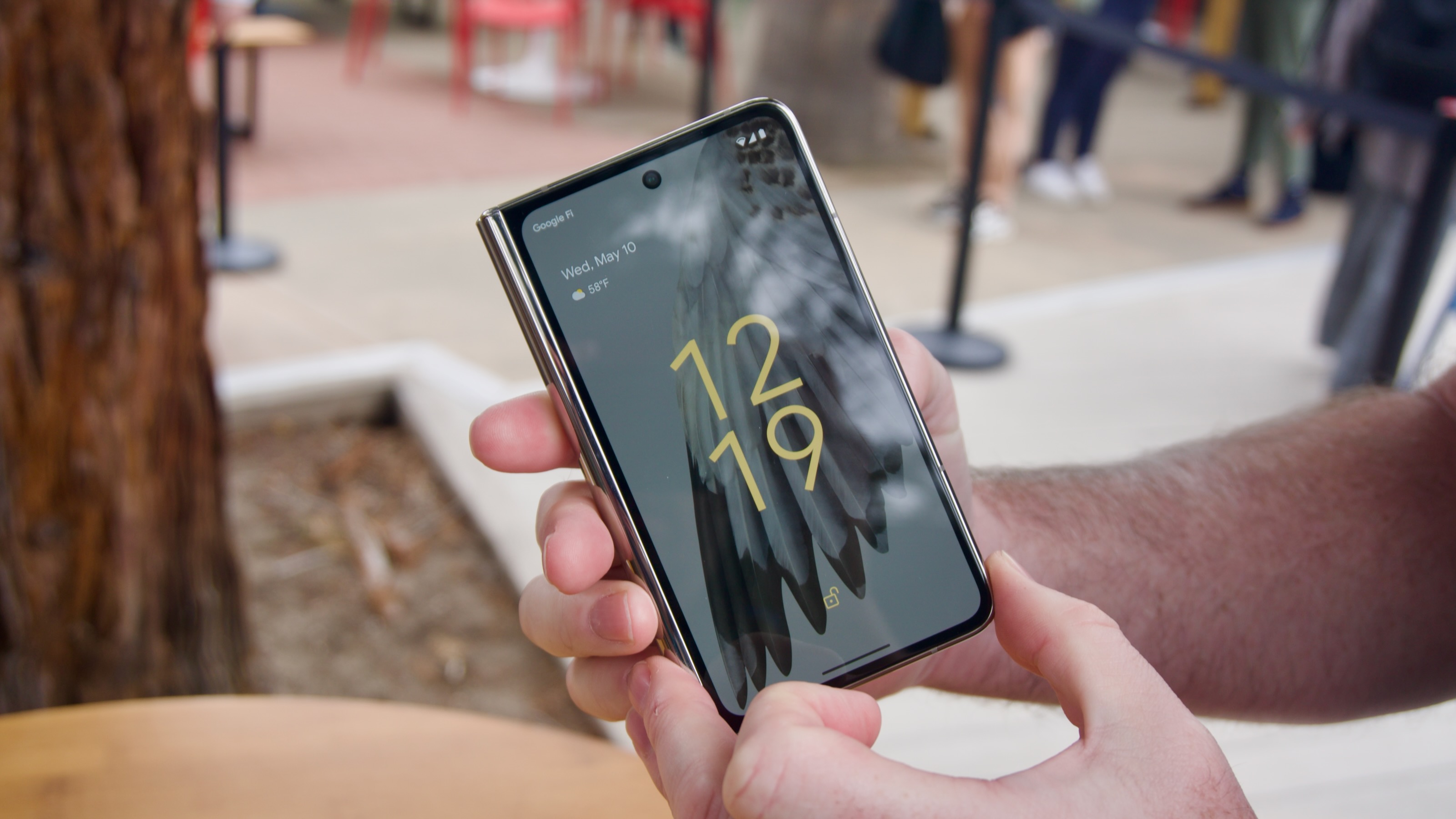
"Google's experience with ambient display modes on other handsets, as well as smart home devices like the Nest Hub line, could help it build a unique experience for Pixels around this smaller outer display. A simple, swipeable interface covering media playback, smart home controls, and device settings already exists elsewhere in Google's device portfolio. There's no reason it couldn't be adapted to work on a foldable Pixel's cover display."
First impressions of the Pixel Fold hardware and software seem pretty positive, especially for a first-gen effort. Google could and should build off the hype by launching a smaller and cheaper Pixel Flip sooner rather than later.

Derrek is the managing editor of Android Central, helping to guide the site's editorial content and direction to reach and resonate with readers, old and new, who are just as passionate about tech as we are. He's been obsessed with mobile technology since he was 12, when he discovered the Nokia N90, and his love of flip phones and new form factors continues to this day. As a fitness enthusiast, he has always been curious about the intersection of tech and fitness. When he's not working, he's probably working out.
